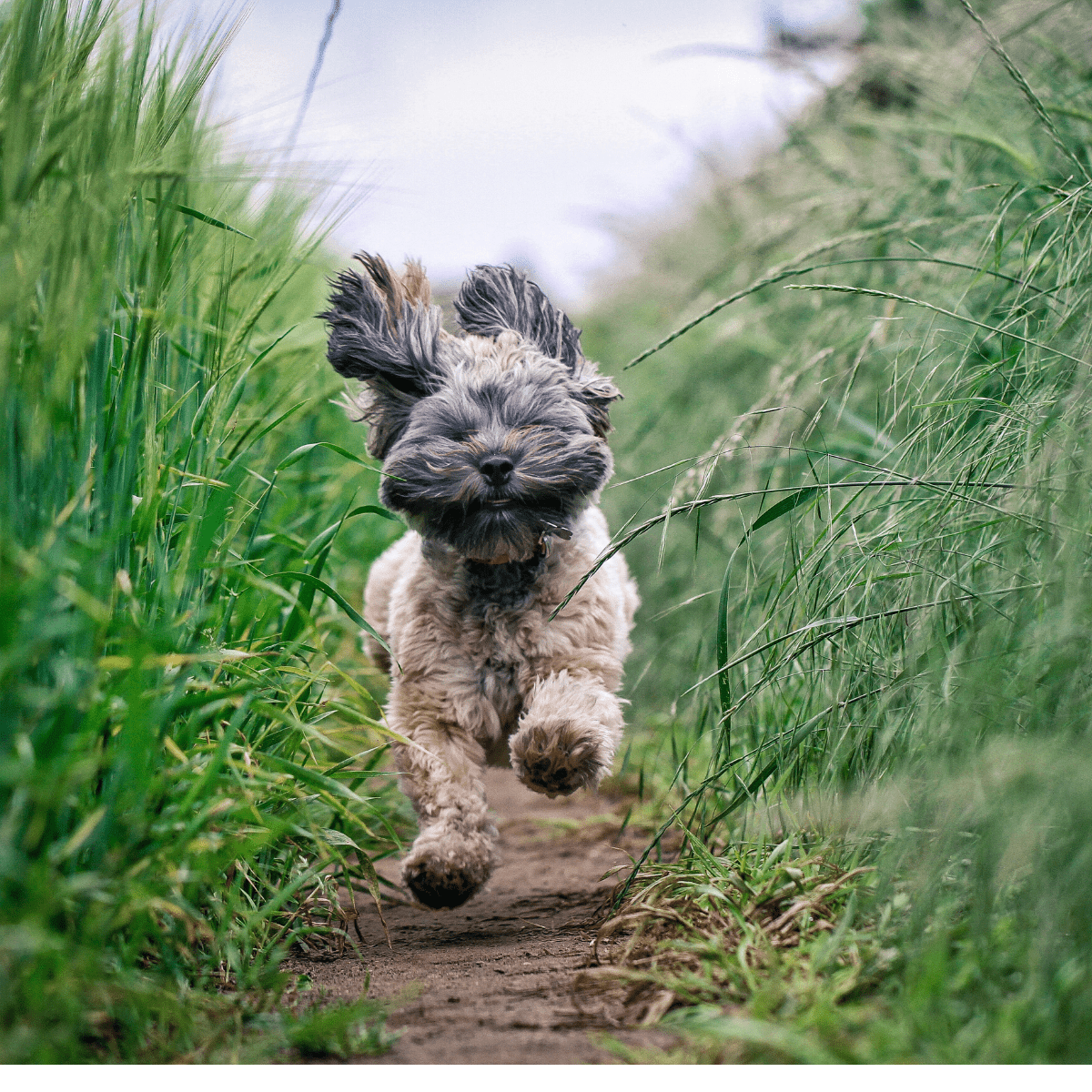Dogs are often called man’s best friend, known for their loyalty and affection. However, it is essential to acknowledge that dogs may resort to biting in certain situations. Understanding why dogs bite is essential for dog owners and anyone who may come into contact with dogs.
This article will explore the various motivations that can drive a dog to bite, including fear, aggression, protection, pain, anxiety, startlement, and miscommunication. By recognizing these factors, we can take appropriate measures to prevent biting incidents and ensure the safety and well-being of humans and canines.
Dogs may bite for various reasons, including fear, aggression, protection, pain, or misunderstanding.
Here are some common reasons why dogs bite:
Fear: If a dog feels threatened or scared, it may resort to biting as a defensive mechanism.
Anxiousness: Anxious dogs go into fight or flight mode and sometimes choose to bite.
Aggression: Dogs that are not properly socialised or have aggressive tendencies may bite out of dominance or establish their territory.
Protection: Dogs are protective of their owners, families, and possessions. They may bite if they perceive a threat to those they are guarding.
Pain or discomfort: Dogs may bite if they are in pain or suffering from an injury or illness. It is their way of expressing their discomfort.
Startle or surprise: Dogs may bite if they are surprised or startled. This can happen if they are abruptly awakened or approached suddenly.
Miscommunication: Dogs communicate through body language; sometimes, humans may not understand their signals. If dogs feel their warnings are being ignored, they may bite.
It is important to note that not all dogs bite, and responsible ownership, training, and socialisation can help prevent biting incidents. If you are concerned about a dog’s behaviour or have been bitten by a dog, it is vital to seek professional advice from a veterinarian or animal behaviourist.
Larger and stronger dogs tend to cause more damage, but addressing and rectifying aggressive behaviour is equally crucial, even in smaller dog breeds.
Why Big Dogs Seem Scarier: The Truth About Dog Bites
Bigger dogs sometimes seem scarier to people because they’re strong and large. Even though all dogs can bite, a bigger dog might hurt more than a small one because of their size and strength. Also, some big dogs can bite harder, which could make a bite from them more dangerous. But people must remember that how a dog behaves, including whether it bites, depends mainly on how it’s trained and treated. So, it’s unfair to think all big dogs are bad or dangerous just because they’re big!
Learning from a Dog Bite: My Personal Story
I can tell you first-hand how a dog bite feels, as I’ve experienced it myself. I have a small Jack Russel who is highly anxious and overprotective of me. One day, we were out for a walk with my dog securely leashed when a leash-less German Shepherd approached us. I quickly moved my dog to the side, intending to ask Shepherd’s owner to secure his pet because of my dog’s temperamental behaviour.
Unfortunately, things turned for the worse before I could utter my request. Finding myself stuck between both dogs, my own ended up biting my leg.
It was so sudden that it caught me by surprise, my jeans offering no protection against his sharp teeth.
This incident emphasised that any dog can bite regardless of size or breed.
As pet owners, we must be extra vigilant and ensure our dogs are always controlled. Ideally, the other dog walker should have had his Shepherd on a leash to avoid such incidents. Perhaps I could have also raised my voice to alert him sooner.
Fortunately, the bite wasn’t too severe. It did pierce my thigh, though, leaving a scar. Rather than blaming my dog, I have taken it as a learning experience. We are working on better training methods, especially around reacting to other dogs.
WARNING: The following image contains graphic content that may disturb some readers. Viewer discretion is advised.

It’s unfortunate, but indeed, all types of dogs, regardless of size or breed, have the potential to bite, especially when they feel threatened or are in a high-stress situation. Experiences like this underline the importance of keeping all dogs secured on leashes during walks, especially in areas where other dogs may be present.
Even if one’s own dog is calm and friendly, leashing is necessary to protect your pet from those that may not be. This also ensures that someone else’s dog doesn’t provoke a bad response from yours, resulting in a problematic situation like what I experienced.
Dog owners should also invest time training their pets to react to other dogs, no matter the circumstances. Mine protected me, but the incident could have been avoided if my Jack Russell was also trained to stay calm and not get overly anxious around other dogs.
The lesson learned is this: always control your pet and anticipate potential issues before they occur. Always keep your pets on a leash, and don’t leave them unsupervised. Lastly, dogs should be trained to know that biting is unacceptable to express fear or aggression. If everyone followed these guidelines, harmful incidents could be easily prevented.
If you have concerns about your dog’s behaviour, I have some helpful tips for handling a potentially aggressive or anxious dog. While these suggestions may not be immediately relevant to your beloved pet, it is always wise to be knowledgeable about such matters.











